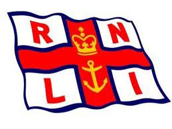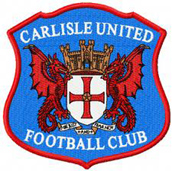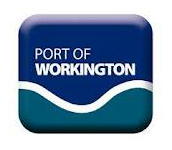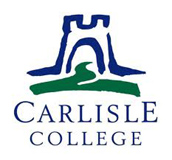- Home
- Scarrows
- Mariners
- Cumberland
- Miscellaneous
St Johns, Newfoundland, Canada
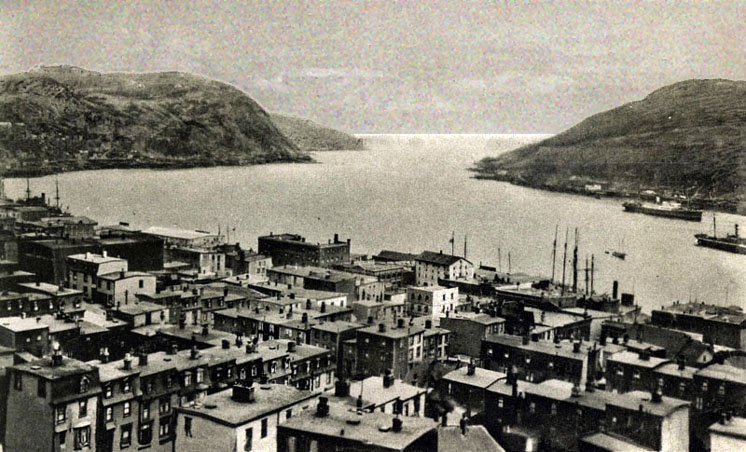
St. Johns Harbour, circa 1900
History
St. John's is the oldest English-founded settlement in North America. The city earned its name when, on June 24th 1497, explorer John Cabot became the first European to sail into the harbour. This was the feast day of Saint John the Baptist. A series of expeditions to St. John's by the Portuguese in the Azores followed in the early 16th century, and by 1540 French, Spanish and Portuguese ships crossed the Atlantic annually to fish the waters off the Avalon Peninsula.
It was not, however, until the second half of the 18th century that a considerable population came to live permanently in Newfoundland and to expand by natural growth; and it was not until the beginning of the 19th century that the formal institutions of church and state were securely planted. This odd contrast between the early importance of the region to these European maritime empires and the late date at which it was effectively occupied is one of the defining features of the province's history. There were numerous different settlements established on the Newfoundland coast, chiefly by the English and French, during the 17th and 18th centuries. In no case, however, did governments lend much support, and the combination of thin soil and naval raiding prevented these settlements from growing at the same pace as European colonies on the mainland. Only after 1760, did a combination of circumstances rooted in the disruption of European fisheries as a result of the American and French Revolutions and the Napoleonic Wars make Newfoundland seem like an attractive place to settle permanently. Migrants from England's West Country and from southeast Ireland moved here during those years, and created the basic population mix that persists in Newfoundland and Labrador to the present day.
Throughout the nineteenth century, Newfoundland and Labrador's economy centred on its ability to export goods to foreign buyers. More than anything else, it depended on the sale of locally produced salt cod to southern Europe, Brazil, and the West Indies. Seal products gained in importance during the early decades of the 1800s, but rapidly declined after 1870 when the stocks became depleted. The mining industry also expanded near the end of the 1800s and the colony began exporting copper, iron ore, and other minerals. The impacts of these developments on overall trade, however, were insignificant when compared to the saltfish industry, which accounted for 70 per cent of the colony's exports by the end of the century. Sometimes the saltfish was exchanged for money and sometimes for goods which could not be produced in Newfoundland and Labrador, such as molasses or coffee.
Imports
| Goods | Place of Origin |
|---|---|
| Salt, Fruit, Nuts, Wine | Europe |
| Cotton and Coffee | Brazil |
| Sugar, Molasses, and Rum | West Indies |
| Agricultural Produce | New England |
| Machinery | Britain |
Exports
| Goods | Destination |
|---|---|
| Saltfish | Brazil, West Indies, Southern Europe |
| Seal Oil and leather | Britain |
| Timber | Britain |
Industry
| Port Industries | Other Industries |
|---|---|
| Ship repairs |
Scarrow Associations
| Scarrow | Period |
|---|---|
| Joseph Scarrow | 1835, 1839 |
| William Scarrow | 1850, 1852, 1865 |

